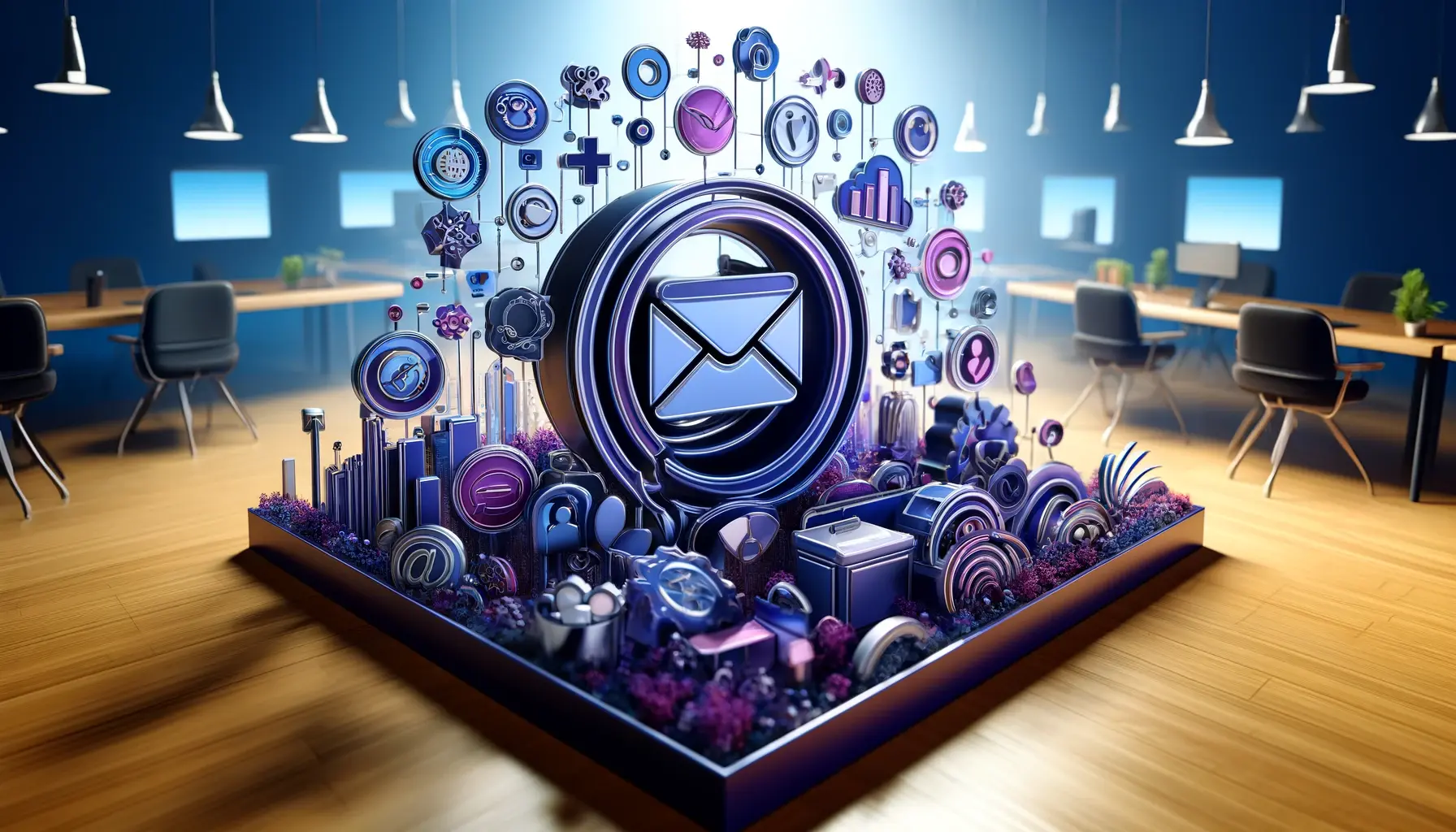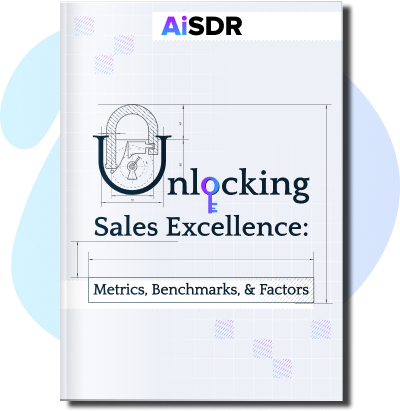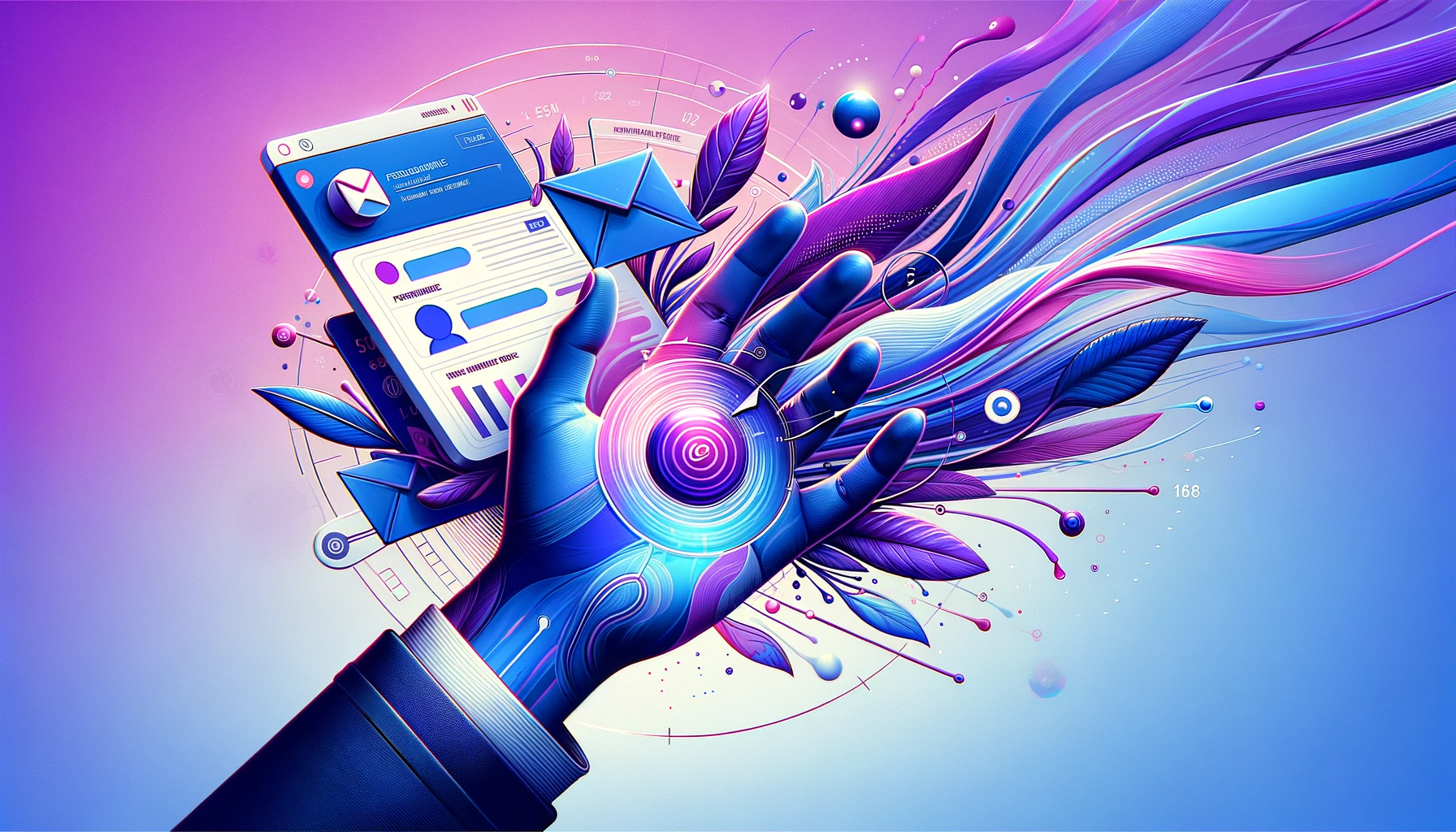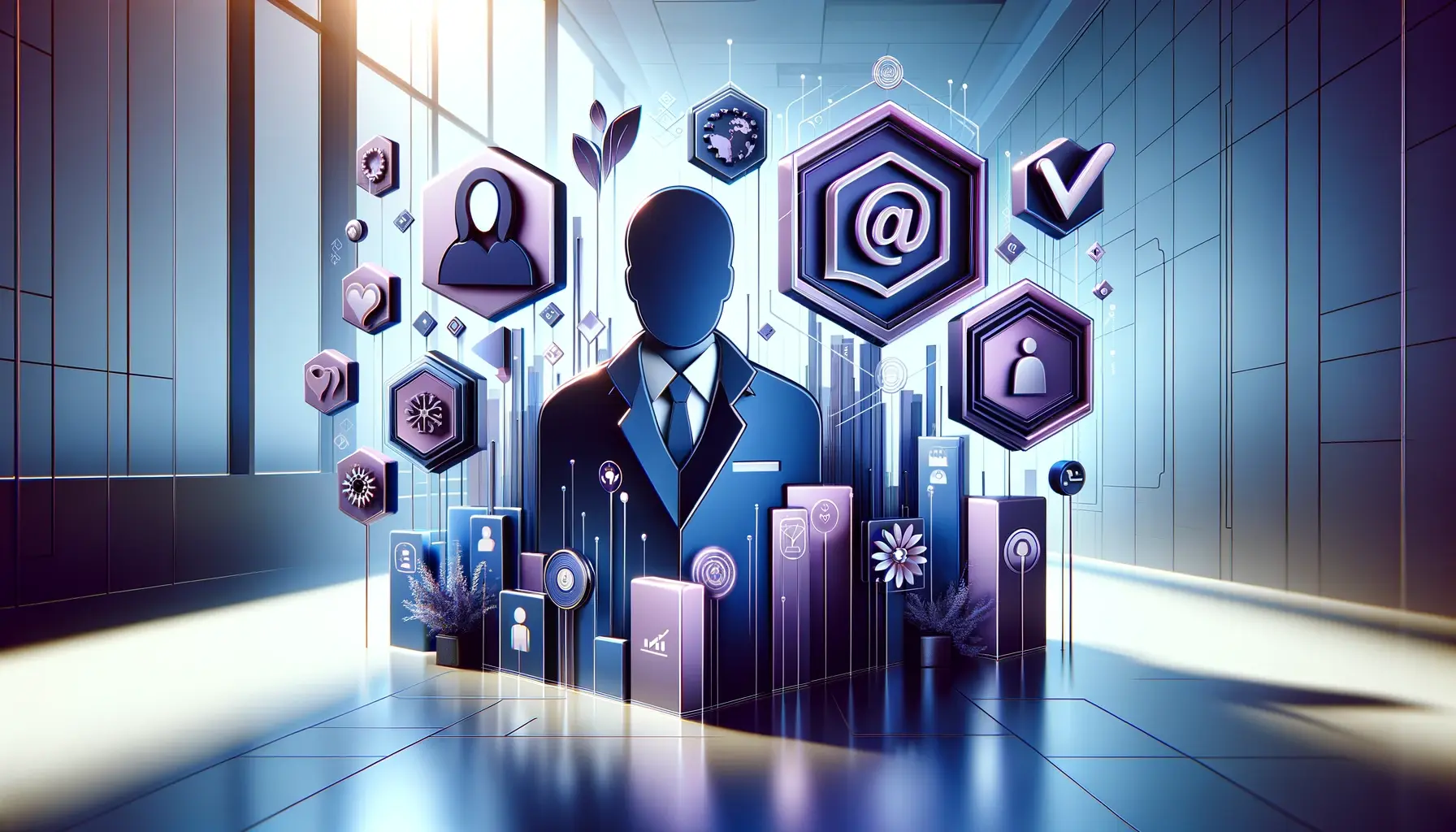Mass Email Campaigns vs Tailored Personalized Email Sends

To personalize or not to personalize? Here’s a deep dive looking at mass email campaigns vs individually personalized emails
Sales is a numbers game.
But does this mean you have to blast out as many emails as possible?
Or should you devote more time to personalizing emails, even if it means reaching fewer leads?
We’ll explore the pros and cons of mass email marketing and personalization, as well as the elements they need to maximize their success.
What is mass email marketing?
Sometimes called an email blast or bulk email marketing, mass email marketing involves sending an email to a large group of recipients in one go.
The biggest draw is its efficiency, and mass email software like MailChimp and Sender makes it even more efficient with automation tools that streamline workflows and sequences.
Its biggest drawback, on the other hand, is its tendency to churn out generic emails.
Email blasts might work fine for messages that don’t require responses, such as newsletters and company updates, but they fall short when it comes to emails that require engagement. After all, an email has to resonate with readers if it wants them to act.
AI-powered sales enablement tools like AiSDR can personalize emails at scale by analyzing lead data and customizing content based on a lead’s segment, intent level, and stage of the buyer’s journey.
Main advantages of mass email marketing
Email blasts have several advantages that appeal to marketing and sales teams:
- Huge coverage – With just a click of a button, your email will land in the inboxes of thousands of leads.
- Easy tracking – Mass emails are often sent using email marketing software with built-in analytics and reporting tools that make it easy to track performance metrics.
- Fast email delivery – It only takes a few minutes to send bulk emails. Just make some tweaks to a good sales email template and hit send.
Main disadvantages of mass email marketing
There’s a famous saying that goes along the lines of “If something sounds perfect, it’s probably too good to be true.”
The same applies to email blasts. Even though they have their advantages, they also come with some big disadvantages:
- Risk of landing in spam – Email service providers tend to assign low relevance to generic bulk emails, directing them to the spam folder. And the more your emails land in spam, the greater the risk of your domain being blacklisted or blocked.
- Minimal personalization – Mass email software allows you to personalize emails, but it’s a fairly low level of personalization and it rarely outperforms high-level tailoring.
Key elements of mass email campaigns
Mass email campaigns are what you make them.
Here’s a closer look at the elements that play a role in maximizing or reducing the impact of mass email marketing.
Setting the goal of the email campaign
What do you want to achieve with your email campaign? Are you trying to boost traffic, establish relationships, or make direct sales?
You need a clear goal to ensure you’re taking steps in the right direction, from crafting your content to assessing the campaign’s performance.
Getting this right will help you avoid missteps along the way.
Segmenting customer groups
If you classify your leads based on their similarities, you’ll find it easier to personalize your emails even if you are sending them in bulk.
For instance, you can group together finance executives from mid-sized companies and then tailor your email to this specific group. Tools like AiSDR’s Lead Discovery feature can quickly segment leads by attributes like job positions and industry.
Determining the intent of the message
To craft effective emails, you need to be clear about the campaign’s intent. Are you aiming to make sales directly, or is it wiser to first establish a connection?
For instance, inviting your leads to a web conference that tackles recent industry trends may be better than delivering your sales pitch outright.
Diversifying the CTA with unique elements
Seal the deal with a CTA that encourages the action you want recipients to take.
If you want them to complete an opt-in form that will sign them up for your conference, then come up with a CTA that asks them to do just that. It should be brief, specific, to the point, and placed at a strategic part of your email (usually near the end, but it depends on the design of your email).
Launching the campaign
Sure, sending an email to a large audience is the point of bulk email marketing. But that doesn’t mean you can just go on a sending spree.
You still have to be strategic.
There are cases when staggering email sends to relatively smaller groups is better. By sending out emails in batches, you give your teams a chance to handle the influx of inquiries.
Analyzing campaign performance
You should track your performance to make sure you’re not wasting resources on an email campaign that’s not working.
The more data you have, the easier it will be to redirect your marketing efforts if you find that you’re not meeting your campaign objectives.
Metrics like open rates, click-through rates, and bounce rates signal if your email is making it to the inbox and recipients are engaging.
What is email personalization?
Personalization involves tailoring emails to the unique attributes of the recipients. Its goal is to make an email resonate with readers and influence them to take an certain action, whether it’s to get them to think positively about a brand, click a link, or purchase a product.
Personalization comes in varying degrees. It can be as basic as addressing the recipients by their first name or as advanced as offering a solution to a pain point unique to the subscriber.
Main advantages of email personalization
There are several advantages to personalization, especially when compared to mass emails.
- Greater chance of reaching inboxes – Email service providers value personalization since it makes each email unique. Even personalizing just the subject line makes the email less likely to end up in the spam folder.
- Higher rate of clicks and interactions with CTAs – Recipients are more likely to click on links or follow through with the CTA when the email speaks to them.
- Better ROI – 94% of marketers say personalization boosts sales, which in turn also reduces the cost of customer acquisiton.
Main disadvantages of email personalization
Naturally, there are a few disadvantages to personalization, which is why mass emails are still a widely used tactic:
- More time required – Personalization takes time. A person needs 20-30 minutes to meaningfully personalize one email. This is because the person needs to scrape data about the recipient’s position, company, and other factors to make the email relevant and valuable.
- Less scalability – And because each personalized email takes so much time, it becomes harder to scale up outgoing volume. Mass blitzes can max out an inbox’s sends in seconds (which is currently 30), while a person will create between 14 and 21 emails if they work all day. This difference adds up in the long run.
Key elements of personalized sales emails
Ultimately, personalized email campaigns have better chances of scoring success if they have all the right elements.
Here are some of the factors you need to consider to see the best results possible.
Determining the goal of the email campaign
Without a strategic direction, your email campaign could end up being all over the place and achieve nothing. Make sure you have a clear goal guiding your efforts.
If your objective is to collect lead data, sending out welcome emails is not enough. You can get closer to your end goal by directing the recipients to an intake form.
Learning about the customer and their intent
Effective communication is a two-way street. Don’t just think about your goals and what you’re offering.
It’s crucial to put your audience front and center.
Learn about their background, goals, pain points, and motivations. Admittedly, this isn’t easy to do when you’re trying to send an email to thousands of leads.
Fortunately, AI-powered tools like AiSDR can quickly sort through large amounts of lead data from sources like HubSpot to create tailored content.
Building content based on prospects’ goals and needs
To boost engagement, your content has to deliver value to the reader.
This is virtually impossible if you’re blasting an email to thousands of recipients.
But then again, advanced AI email writers can do the work for you.
AiSDR cuts down the time to personalize emails from 20-30 minutes to just 5-10 seconds. What’s more, it analyzes leads’ recent LinkedIn activity and crafts fully unique emails to keep them from landing in spam.
Launching the campaign
Don’t just focus on segmenting your audience and tailoring your messages. It also helps to consider when a certain target audience is likely to check their inbox and respond positively.
For example, they may have more time to entertain your email on a laidback Friday afternoon than a busy Monday morning. Similarly, sending an email at midnight may earn the reader’s ire.
Holidays also play a role. Leads in the US won’t be checking their emails on July 4th, just like leads in Japan won’t be watching their inbox during Golden Week.
Analyzing campaign performance
In mass email marketing, it’s a positive sign when your recipients engage by opening the email and clicking through links.
With personalization campaigns, you’ll have to track KPIs that indicate even deeper engagement. Take note of the number of responses, positive responses, and meetings booked.
Comparing mass emails vs personalized emails
Mass emails and personalized campaigns have their own pros and cons. In the end, it’s all about figuring out which works best for your campaign goal.
Reach
Sending mass emails to large groups of people instantly makes your reach wider than when you’re churning out personalized emails. After all, the latter requires crafting emails tailored to individual leads.
Effectiveness for sales
Aside from 94% of marketers believing personalization positively impacts sales, 80% of customers are more likely to buy from companies that deliver a personalized experience.
Bounce rate
Email service providers send emails to spam if they consider them irrelevant to the receiver. If this happens often, email services could assign a low trustworthiness rating to the sender. This distrust contributes to high bounce rates.
Create personalized emails en masse with AiSDR
The appeal of mass emails lies in the fact that it has a massive reach. However, the large reach comes at the expense of personalization, even if the latter is shown to score better conversion.
But what if you could enjoy the best of both worlds?
Huge reach with in-depth personalization?
That’s where AiSDR comes in.
AiSDR crafts and sends hyper-personalized emails that sound like you wrote them at scale in seconds. Each email is 100% unique and tailored to the lead at a speed that empowers your sales team to enjoy the same outgoing volume as an email blast.
Book a demo to see how AiSDR tailors personalized emails.










